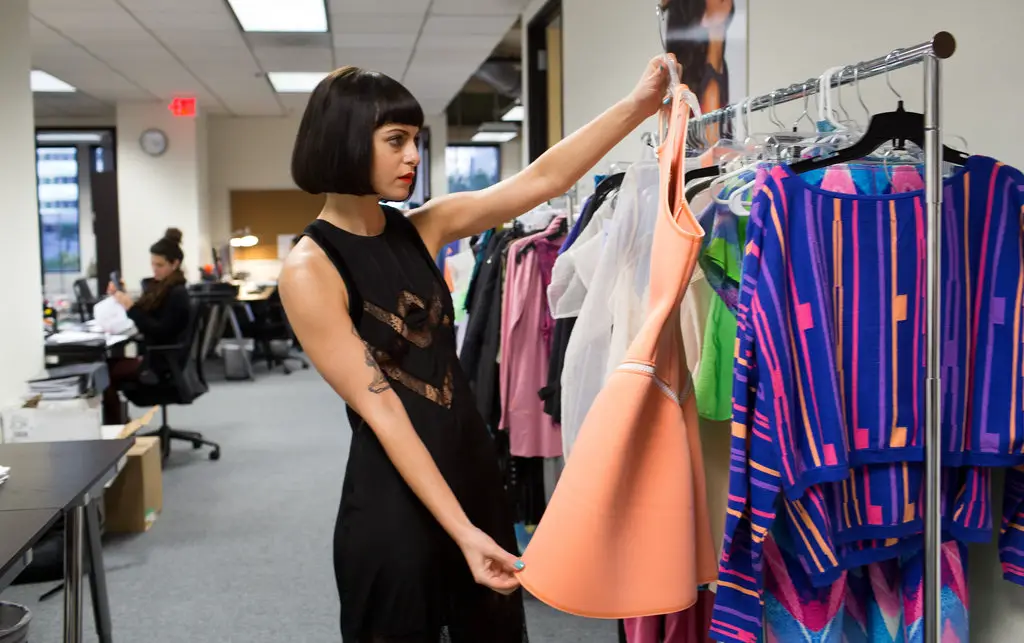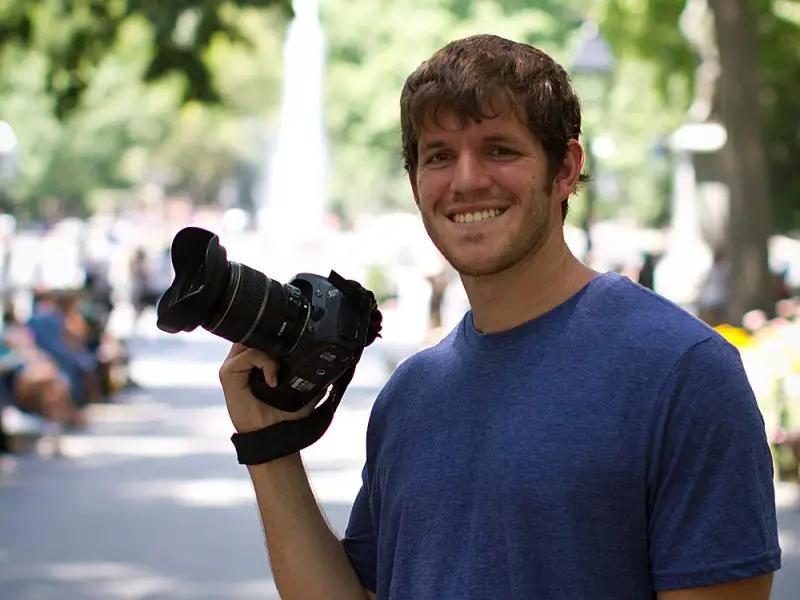In an age of increasingly fast-paced consumerism, where ideas can decay just as quickly as they can blossom, more young adults than ever have been engaging in independent, self-sustaining business ventures. Issa Rae, creator of HBO’s fresh new series “Insecure,” is one of many young creatives who have pioneered their way to success.
In 2011, Rae launched a web series on YouTube called “Awkward Black Girl,” which quietly attracted thousands of fans. Though the popularity of the show is laudable, the most impressive thing about the series was the fact that, after a major network decided to run with her concept, HBO let Rae retain full creative control, not changing a single component of the premise. Why?
Increasingly, companies are finding that only millennials have the ability to connect with other millennials, so, when assessing how to transition Rae’s show to a major network, they figured they were safest in leaving it untouched. More impressively, it’s not just media. Across the country, young entrepreneurs are taking up innovative, daring projects, such as designing clothing lines, launching independent magazines and self-producing music debuts.
In the past, for young people entering an industry, it was common to work under a big-name company to hone your skills and pay your dues. For instance, musicians who aspired to work with record labels formally would have spent years refining their sound and image to fit the aesthetic of the brand; now though, young artists are more inclined to release music on their own terms through the internet, and in some cases even create their own record labels.
The internet, with its global connectivity and freedom of access, has played an instrumental role in the rise of the creative entrepreneur. In the age of social media, it’s easier than ever to showcase your work directly to an audience who will care, which is precisely what happened with Issa Rae. She was a creator who put her work out on the internet, charmed viewers with her humor and charisma, and relayed the story of being a black girl in America to those who can relate. With a pre-established fan base, Rae then was granted the creative freedom to tell her story how she wanted on HBO.
Outside of working for yourself, internship experience can be just as helpful if you’re looking to work in a specific career field. Though internships often feel unrewarding, working alongside individuals who are talented and entrepreneurial themselves is one of the best ways to network and begin building a name and clientele for yourself.
Plus, even if you’re just getting coffee, internships afford you an opportunity that you would never have had otherwise, which is seeing how your professional role models function on a daily basis. Sometimes, just being in the presence of someone who is doing what you want to do can help break down the feeling of impossibility that deters people from pursuing their ambitions.
Another benefit of working for a company is the opportunity to be surrounded by the resources that you need, but perhaps could not afford, to wield your craft. Although, given the technology of today, these resources, or at least passable imitations of them, are accessible to nearly everyone.
With music programs like Garage Band and FL Studio, online marketplaces like Etsy and Big Cartel, and photo editing apps like Snapseed and VSCO, all of which are all available from a laptop or cellphone, it has become easier than ever to produce professional content from your bedroom; even music streaming platforms, such as Apple Music and Spotify, have made their systems more inclusive to small-scale musicians beginning their career.

Sophia Amoruso, the owner of Nasty Gal, began her business in 2006. Before the company made clothing of its own, Amoruso would find high fashion clothing, with names like Chanel and Yves Saint Laurent, in thrift stores, and then re-sell it on eBay at a higher price. Amoruso used MySpace as a way to market her business, which attracted an audience size of nearly 60,000.
Eventually, she created a website to sell her own clothing, and migrated to other forms of social media, such as Facebook, Twitter and Tumblr, to spread the Nasty Gal name. Today, the website averages several million views monthly, and, in 2014, it was valued at over $100 million. Nasty Gal is also one of the leading businesses of ecommerce, in which business transactions take place over the internet. In other words, a decade ago Amoruso saw technology as a tool and used it to build her empire.
In addition to giving entrepreneurs a cheap way to host their content, the connectivity the internet provides has also been integral to fueling the rise of the creative enterpriser. Nearly all content uploaded to the web is open to the public, so viewers must be discriminant in what they choose to patronize.
Given the deluge of content, and the fact that the internet is a passive media, meaning it can only catch the eye of interested users, it can be hard for nascent brands to get the attention of their target audience. Conversely, in what some would call dumb luck, the right concept at the right time can attract the attention of millions overnight. Once you have an interested party, with the click of their mouse, they can share your content with others, which can lead to a snowball effect and eventually a big break.
Brandon Stanton, the creator of “Humans of New York,” knows all about the internet’s capacity to create a career out of nothing. “HONY” is a compilation of photo portraits and interviews, each of which features an uncontextualized response from the subject to a question posed by Stanton. In 2010, he said the main goal of the project was to archive 10,000 photos of New York’s inhabitants. He began posting the photos to Tumblr, which attracted a significant amount of attention.

As the brand grew, mostly because of its ability to inspire empathy with the photos’ subjects, Stanton expanded the project beyond New York. As his followership reached into the millions, Stanton began using “HONY” as a political tool (albeit a palatable one), making the forum take a more philanthropic, journalistic stance.
Domestically and internationally, the young entrepreneur has interviewed people about issues affecting the global population, ranging from the Syrian refugee crisis, to American veterans and inmates in federal prisons. Through collaborating with organizations who saw the value in his work, and establishing a feed that allowed others to personally connect with it, Stanton was able to grow a historically significant brand out of nothing more than street photography.
Another reason for the rise in entrepreneurial creatives is their increasing disregard for the fear of failure. Though not everyone is in the position to be their own boss, young, ambitious leaders can learn a lot from the position. Whether they are running a business or becoming an independent artist, the process of managing others, scaling your growth, balancing finances and cultivating a concept is fantastic for rounding out professional acumen. Even if the venture is short term, it still looks good on a resume and demonstrates vision, something that is rare when found in combination with talent. And sometimes, though uncommonly, the enterprise can blossom into a full-time job, and in some cases even a career.
The irony is that the entrepreneurial youth of today are largely similar to their parents before them, and their grandparents before them; the only thing that has changed is the technological landscape. With the connectivity, audience engagement and affordable production that the web provides, young people are able to follow and manifest their dreams like never before.

















